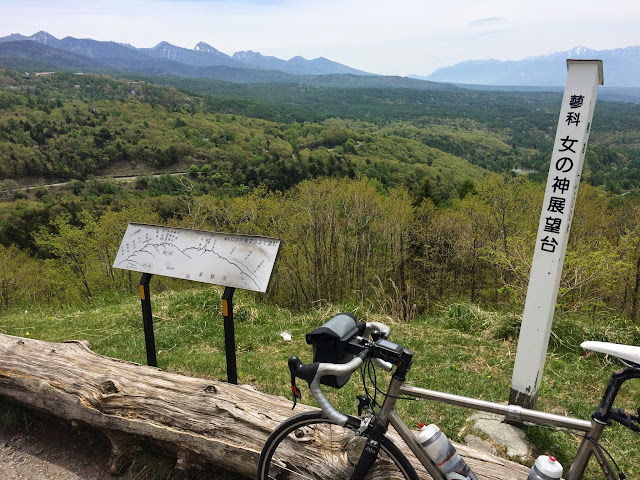I wore my Q36.5 short sleeve jersey and a mesh summer inner layer -- about as minimal as I choose to get for my upper body. For my bib shorts, I tried out a new pair of Q36.5 Vented Salopette shorts. I love my other Salopette, including both the L1 and the long tights for winter that are very thin but provide excellent wind protection.
What is the difference between the "Vented" and L1 Salopette? As far as I can tell 3 little changes.
1. The material on the front/outer panel of each leg has a waffle pattern designed to encourage air flow and cooling against the leg muscles.
2. The straps are made of a see-through mesh that will allow air flow.
3. The chamois pad, while the same as used in the Salopette L1, is used without a thick covering, again to allow more air flow and cooling in the nether regions.
These three little changes add up to a bib short that is just as functional as the Salopette L1, but cooler and lighter (138 grams, for any weight weenies out there).
Q36.5 says they suggest riders choose between the L1 and the Vented not based upon the weather, but based upon preferred riding style. L1 is more suited to sustained riding in a regular "metronomic" rhythm, while Vented is for "explosive" style. I guess this means the Vented does not have the modest compression feature of the L1. It is difficult to say that I am an "explosive" rider ... but I will take the extra cooling over coming months.
Thank you!



















































































